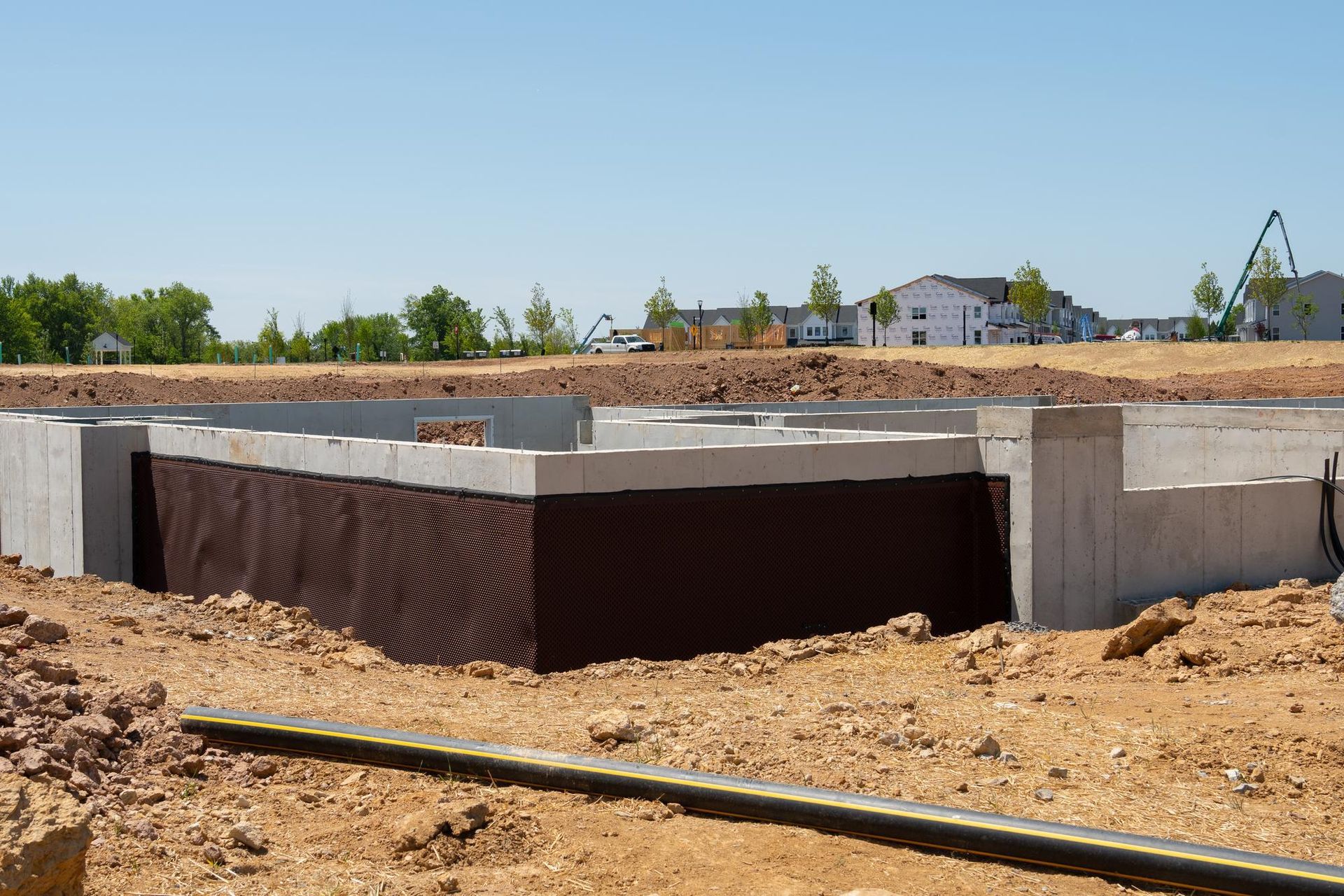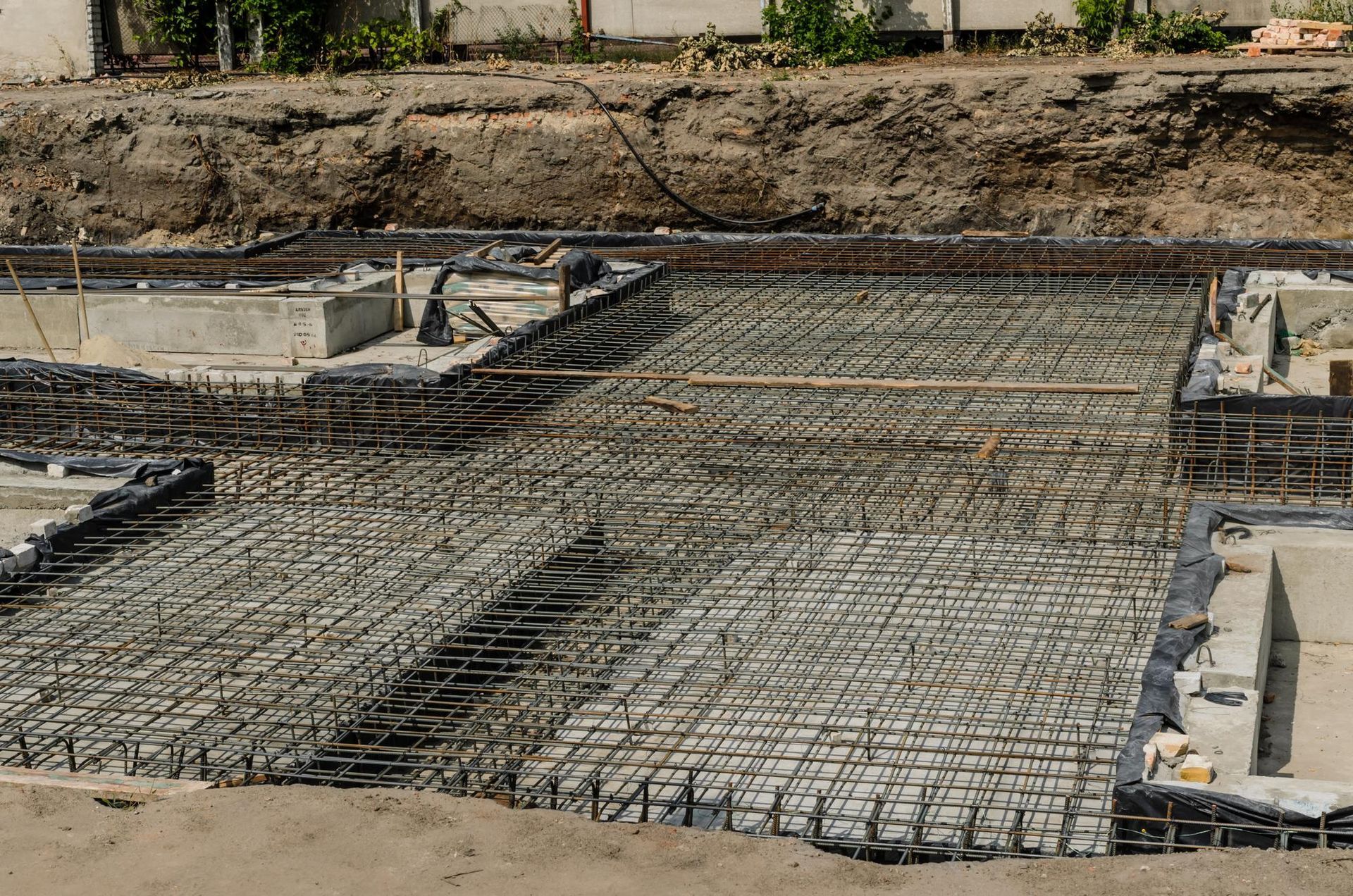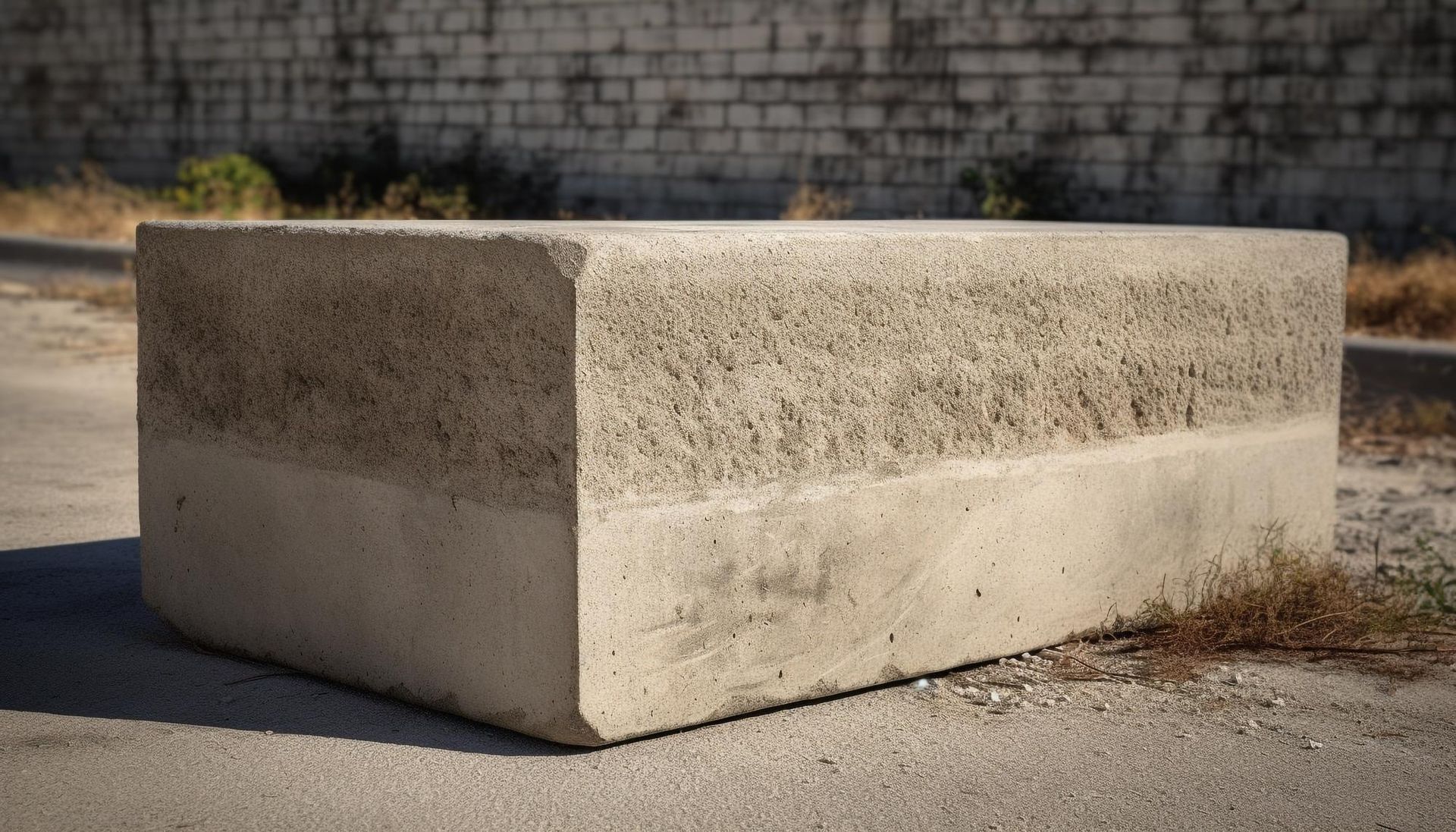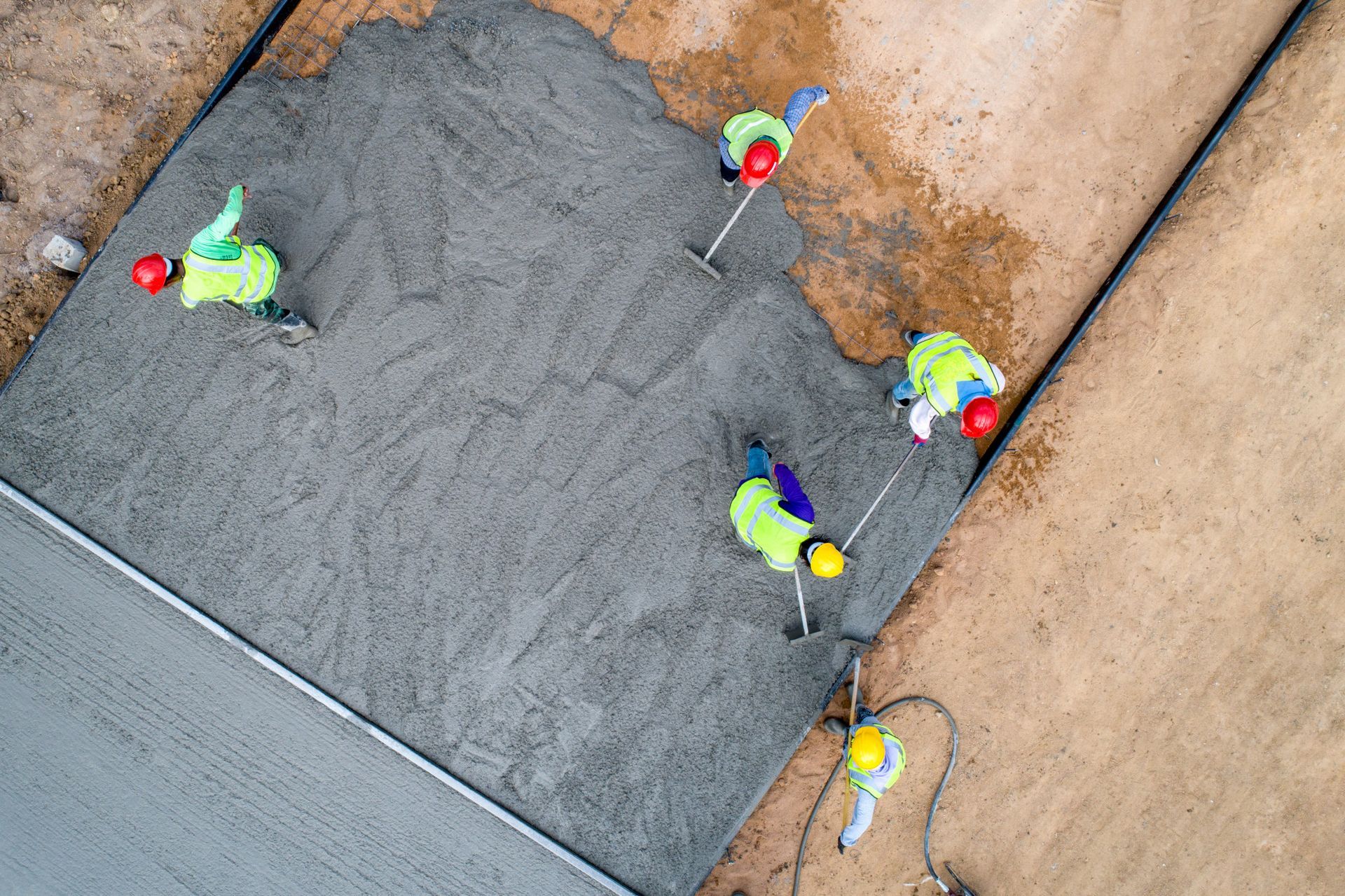Why Building a Solid Foundation Matters in Every Construction Project
In the vast realm of construction, from towering skyscrapers to cozy homes, one principle remains unchallenged: the paramount importance of building a foundation. No matter how grand or modest a structure might be, its durability, stability, and overall integrity largely hinge on the quality of its foundation. But why does building a foundation matter so profoundly? Let's delve into the vital role that foundations play in every construction project.
1. Understanding the Basics: What Is a Foundation?
A foundation, in its essence, is much more than just the base of a building. It is the critical intermediary between the structure and the earth below. When we talk about building a foundation, we are referring to a complex system that performs several crucial roles. Firstly, it ensures that the weight of the structure is safely transferred to the earth.
This process is not as simple as it might sound. Different terrains have varying capacities to bear weight. Some soils are soft and loose, while others are hard and compact. The foundation is tailored to these specific conditions, ensuring that the building neither sinks nor collapses.
Moreover, a foundation isn't a one-size-fits-all solution. There are multiple types, each designed for different requirements. For instance, a shallow foundation, often used for smaller buildings, is placed near the earth's surface. In contrast, a deep foundation, as the name suggests, penetrates the earth deeper, anchoring tall skyscrapers or structures built on less stable soil.
Understanding the intricacies of building a foundation is crucial because it serves as the metaphorical bridge between our architectural aspirations and the unforgiving laws of physics and geology.
2. Foundations Provide Stability
Stability, in construction, isn't just about preventing a building from tipping over, though that's certainly a primary concern. It's also about resisting the myriad of unseen forces and pressures that can destabilize a structure over time. Building a foundation is akin to creating a safety net that wards off these potential pitfalls.
Take, for instance, the phenomenon of soil settlement. Over time, the weight of a building can cause the soil beneath it to compact and settle. If this settlement is uneven (and it often is), it can lead to differential settlement, where one part of the building sinks more than others. This uneven descent can cause significant structural problems, from cracks in the walls to, in extreme cases, total structural failure.
Another aspect of stability is the foundation's response to lateral forces, such as wind or seismic activities. While the weight of the building pushes downward (a vertical load), these lateral forces push buildings sideways. A well-designed foundation counteracts these forces, ensuring that the structure remains upright and stable, regardless of external pressures.
By building a foundation that comprehends these dynamic factors, constructors can ensure that structures are not only stable when they are completed but remain so for decades and centuries to come.
3. Load Distribution is Key
Load distribution is, in essence, the art and science of ensuring that the weight of a building, and everything in it, is evenly spread out and supported. Without proper load distribution, certain areas of the building might bear more weight than they're designed for, leading to cracks, deformations, or even structural failure.
When we talk about 'load', we aren't merely referring to the bricks, beams, and roof tiles. We must also factor in furniture, people, appliances, and even the snow or rain that might accumulate on the roof. Over time, as buildings are renovated or repurposed, this load might change. For instance, converting an office space into a library would significantly increase the floor load due to the weight of the books.
Building a foundation ensures that this load is appropriately transferred to the ground. A foundation acts like a mediator, spreading the stress evenly across the ground beneath it. Different types of foundations serve this purpose in unique ways. A slab foundation, for example, spreads the load across a large flat area, while pile foundations transfer the load to deeper, more stable layers of the earth.
Understanding and optimizing load distribution when building a foundation is crucial. It ensures not only the stability of the structure but also its longevity and safety.
4. Safeguarding Against Natural Calamities
In our rapidly changing environment, the threats posed by natural calamities to construction projects are becoming increasingly pronounced. While these external threats cannot be prevented, the damage they inflict can certainly be mitigated by building a foundation designed to withstand them. Each type of natural disaster presents a unique set of challenges, and understanding these is paramount in the foundation's design process.
a) Earthquakes: In seismically active regions, structures face the risk of violent shaking. To counter this, foundations are often equipped with features that allow a certain degree of movement. Techniques like base isolation involve placing flexible bearings in the foundation. In the event of an earthquake, these bearings can move laterally, reducing the seismic force transmitted to the building above. This essentially allows the building to 'float' above the ground motion, greatly reducing potential damage.
b) Floods: For areas that are vulnerable to flooding, raised or platform foundations are often employed. These elevate the building, preventing water ingress and the associated damages. Furthermore, using impermeable barriers around the foundation can prevent the seepage of water into basements or lower levels.
c) Landslides and Soil Erosion:
In regions prone to landslides or rapid soil erosion, deep foundations like drilled shafts or caissons can be used. These extend deep into the ground, anchoring the structure to stable strata and preventing any sideways movement.
d) Hurricanes and Tornadoes: High winds from hurricanes or tornadoes can exert immense lateral (sideways) pressure on structures. Reinforced foundations, when combined with aerodynamic building designs, can help in reducing the chances of the structure toppling or being uprooted. Additionally, anchoring systems, which connect the foundation to the structure securely, can prevent uplift during extreme wind events.
e) Tsunamis: Coastal areas, especially those in the Pacific Ring of Fire, are at risk from tsunamis. A combination of raised foundations and breakaway walls (walls designed to collapse under the force of waves without compromising the entire structure) can be employed. The foundation remains intact, while the breakaway walls prevent the build-up of pressure that might otherwise topple the structure.
f) Extreme Temperatures: Foundations also play a role in safeguarding structures from extreme temperatures. In frost-prone areas, for instance, foundations need to extend below the frost line to prevent heaving or cracking during freeze-thaw cycles.
It’s clear that in the face of nature’s unpredictability, building a foundation tailored to the specific threats of a region becomes a proactive strategy. Beyond just providing stability, a
well-designed foundation acts as the frontline defense against the many challenges posed by natural calamities, ensuring that the structure remains safe and habitable even after nature's harshest tests.
5. Weathering the Elements
Apart from major natural calamities, even regular weather patterns can affect a building's integrity. Factors such as soil expansion due to water absorption, or contraction in cold temperatures, can stress a structure. A well-constructed foundation acts as a buffer, ensuring that the building remains unaffected by these external factors.
6. Building a Foundation for Longevity
Every constructor or homeowner dreams of a structure that stands the test of time. Here's where building a foundation becomes crucial. A strong foundation not only supports the current weight of the building but also anticipates any future modifications or additions. With a solid foundation, structures can be adapted, modified, and expanded without the fear of compromising their integrity.
7. Economic Considerations
It might seem counterintuitive, but investing in building a foundation can lead to significant long-term savings. Imagine the costs associated with repairing a building that's sinking or one that's facing structural damages due to an inadequate foundation. By ensuring that the foundation is robust and apt for the terrain, one can avoid these future expenses.
Conclusion
The world of construction is replete with innovations, designs, and architectural marvels. But at the heart of every great structure lies a principle as old as construction itself – the significance of building a foundation. It's not just about following protocol or ticking off a box in the construction checklist. It's about ensuring safety, guaranteeing longevity, and providing every building, no matter its purpose, with the chance to stand tall and proud for generations to come.
In every step, from the blueprint phase to the final brick, building a foundation remains the unsung hero of construction projects. If you're seeking expertise in this crucial area in North Collins, NY, Bri-Mic Construction, Inc. stands out as a top service provider. With their commitment to excellence and attention to detail, they've established themselves as leaders in the field. You can reach them at 716-337-0500 for all your construction needs. As we continue to reach for the skies with our architectural aspirations, let's never forget the importance of starting on solid ground.










